The Middle East and North Africa (MENA) is among the most vulnerable places in the world to climate change. The U.N. has highlighted the devastating toll that climate change will have on the region’s water supplies and food production systems, and its potential to create breeding grounds for terrorism and violent extremism. No country will be spared: The affluent Gulf nations face depleted freshwater resources within the next 50 years, while in conflict-ridden Iraq, average temperatures are soaring at a rate that is two-to-seven times faster than the global average. Food and water production systems across the Levant face imminent collapse.
Climate change has already started to exacerbate fragility in countries that are mired in conflict or undergoing post-conflict transitions, and countries that are struggling to cope with the impact of a growing youth population, bloated public sectors, volatile oil prices, weak governance, and the fallout from the pandemic. The crisis will contribute to the proliferation of armed groups, intensify conflicts over natural resources, and make it easier for extremist organizations to attract recruits. To address the problem, governments must approach climate change as a public policy issue, a threat that is interconnected with a host of other challenges that combine to create a multiplier effect.
This requires a renewed effort to deliver services, balance short-term economic grievances with the long-term imperative of austerity measures and good governance reforms, and ultimately build resilience so that violence and terrorism cannot easily flourish. The social fabric of the most vulnerable countries may continue to erode, but this does not mean governments cannot establish response mechanisms to slow the downward spiral.
Already a problem, water scarcity will get worse
Globally, average rainfall has reached new record lows over the last three decades, according to the Intergovernmental Panel on Climate Change (IPCC), which said in 2014 that human security will be progressively threatened as temperatures increase, and has re-asserted the threat of climate-induced conflicts in its 2022 report. In the Middle East, water scarcity is already a huge problem — a region that is home to 12 of the world’s 17 most “water stressed countries” according to the World Resources Institute. The outlook is worrying: The World Bank estimates that climate-related water scarcity will cost Middle Eastern nations between 6 percent and 14 percent of their GDP by 2050, due to water-related impacts on agriculture, health, and incomes.
These red flags already indicate severe near-term implications for national and regional stability, including geopolitical flare-ups. Turkey controls more than 90 percent of the water that flows into the Euphrates, and 44 percent of that in the Tigris. Yet Ankara has been accused of weaponizing water supplies as it grapples with the conflict in Syria and geopolitical turmoil. Since December 2020, Turkish dams have cut the flow of the Euphrates to neighboring countries such as Iraq by 60 percent, which has also resulted in food and power shortages in Syria. This has compounded the water crisis in Iraq, which could see at least seven million people lose access to water.
Similarly, upstream dams in Iran have shrunk the Tigris tributaries, cutting off flow at the Diyala river in Iraq’s northeast. Lake Hamrin, the main water source for Iraq’s Diyala province, which borders Iran, has lost nearly 70 percent of its water, embroiling the province in a humanitarian and environmental calamity.
Yet climate change threatens every country in the region. Aid groups have warned more than 12 million people in Iraq and Syria are losing access to water, food, and electricity because of rising temperatures and record low rainfall. Desertification is sweeping across the region in Iraq, Syria, Jordan, and Iran. The cost of water in Jordan has increased by 30 percent over the past decade because of the lack of groundwater. The Middle East’s wealthier nations are also at risk. Outside of the fragile countries in the region, the UAE has the highest per capita consumption of water in the world but risks depleting its freshwater resources in the next 50 years due to population growth and higher domestic water use.
The domino effect of climate crises
Climate change can have a dilapidating impact on security and the fabric of societies by inflaming socioeconomic fractures and eroding the trust in public institutions. The problem is best summed up as interconnected crises that combine to create a domino effect of problems at the local, national, and geopolitical level. This begins with weakened state institutions and ends with ungoverned spaces in which extremist armed groups and criminal enterprises thrive, prompting the internal displacement of populations and an exodus of refugees that ensures no country in the region and beyond is spared.
Water scarcity and poverty force people to migrate to densely populated towns and cities in search of jobs, which imposes further costs and pressures on over-burdened infrastructure. The link between climate crises and social unrest as a result of climate migration has long been established. Syria’s civil war has been attributed to the five-year drought that struck the country in 2007, among other factors. The drought produced unprecedented poverty, paving the way for migration to the peripheries of Syria’s main cities, which were already burdened by population growth. The influx of refugees and resulting pressure on poor infrastructure established the deep-rooted grievances that were central to the 2011 uprising.
State failure, uncontrolled migration, and ungoverned spaces directly enable armed groups and terrorists who feed off the vulnerabilities of the poor to swell their ranks. The degradation of infrastructure as a result of poor governance, population density, and rising costs can intersect to create situations that become untenable for local populations, particularly in the summer when scorching temperatures and lack of rain result in crop failures and limited access to water and electricity. This has manifested itself in region-wide protests and upheaval, including protests that have rocked ruling elites from Iran to Lebanon.
Climate change raises the risk of armed conflict
Geopolitical tensions — like the quarrel between Iraq, Turkey, and Iran over the building of dams that restrict water flows — and policies that weaponize water supplies, increase the prospects for conflict. Meanwhile armed groups like ISIS have displayed a notable ability to weaponize water infrastructure by wielding control of water infrastructure in Syria and Iraq to acquire legitimacy or to punish enemies and the communities under the organization’s control; in some instances, it taxed access to water. At one point the group controlled the Tabqa dam, which provided 20 percent of Syria’s electricity and supplies water to five million people.
A paper by Stanford University that investigates how much climate change affects the risk of armed conflict concludes that droughts, floods, natural disasters, and other climatic shifts have influenced between 3 percent and 20 percent of conflicts over the last century. The response to climate crises in fragile states is likely to be poor and slow, and the diminished trust in political elites that follows makes it easier for militants to contest the state. Some groups, like Shiite militias in Iraq or militias in Syria, have established geographic advantages and control over water supplies at the expense of other groups, creating zero-sum political and security conditions — in some cases underscored by ethnic and sectarian rivalries — that set intra-state conflicts over increasingly scarce resources into motion. One in four intrastate conflicts will result from changing climate according to the paper.
Governments must rethink how they tackle climate change
Middle Eastern governments must recalibrate how they make decisions about climate-related threats, taking into account the short and long-term implications of the crisis. For example, the push for digitalization in the region is still in its nascent stages — the UAE has become a trailblazer, with others like the Kurdistan region of Iraq looking to follow suit — but it has the potential to reduce emissions and waste. The World Economic Forum estimates digital technologies could cut global emissions by 15 percent. Digitalization will provide institutions in the Middle East with greater bandwidth to combat the socio-economic challenges that climate change can produce or aggravate. Secondly, and as part of this process, regional and international governments, multilateral institutions, and the private sector should increase funding for climate-related research in the MENA region, which currently pales in comparison to the resources awarded to institutions in the West.
Climate change will struggle to find its way to the top of national agendas until it is identified as a conflict and risk multiplier, rather than simply yet another problem that should be added to the growing list of issues facing the region. As a multiplier, it creates the potential for a convulsion that will impose untold suffering on a region already engulfed in socioeconomic crises, social unrest, violent extremism, and terrorism. An investment in research and awareness could trigger a cultural shift within government and society that allows for a re-calibration of public sector reform approaches and that adjusts good governance strategies to encourage and enable innovations that alleviate climate-related challenges.
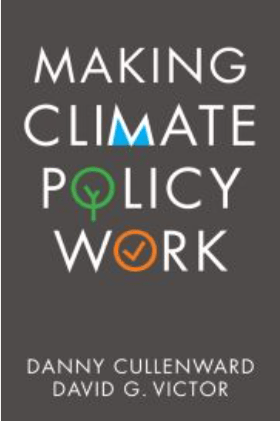

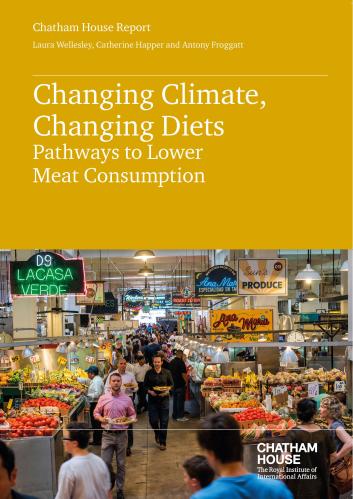
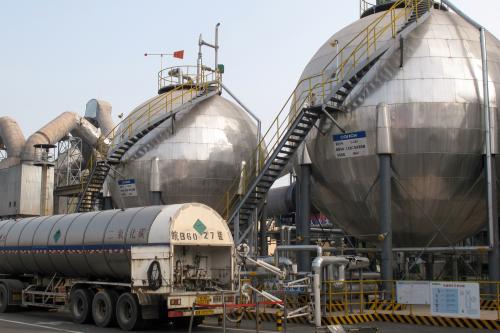
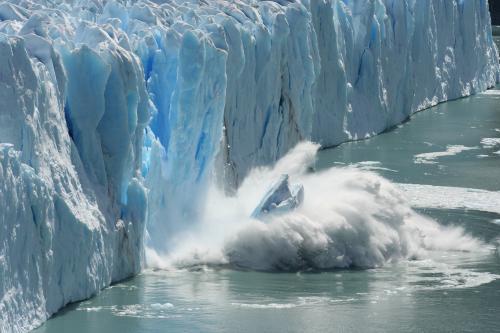
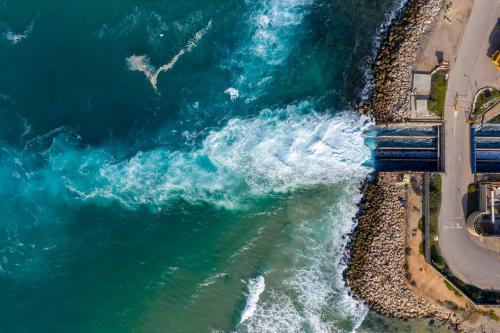



Commentary
Climate change may devastate the Middle East. Here’s how governments should tackle it.
March 14, 2022